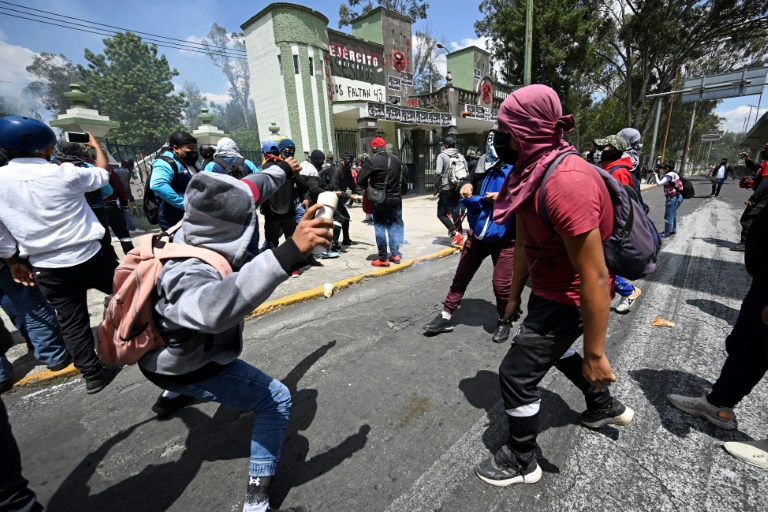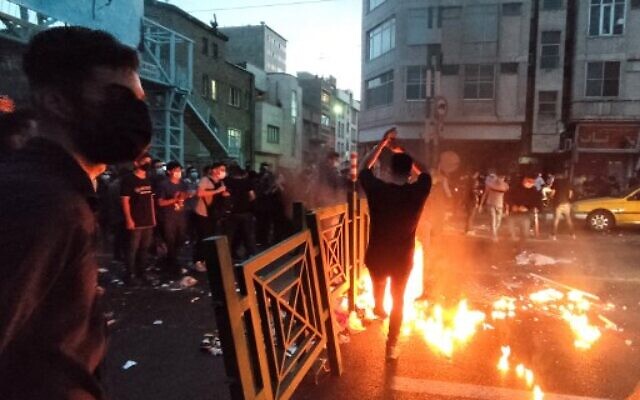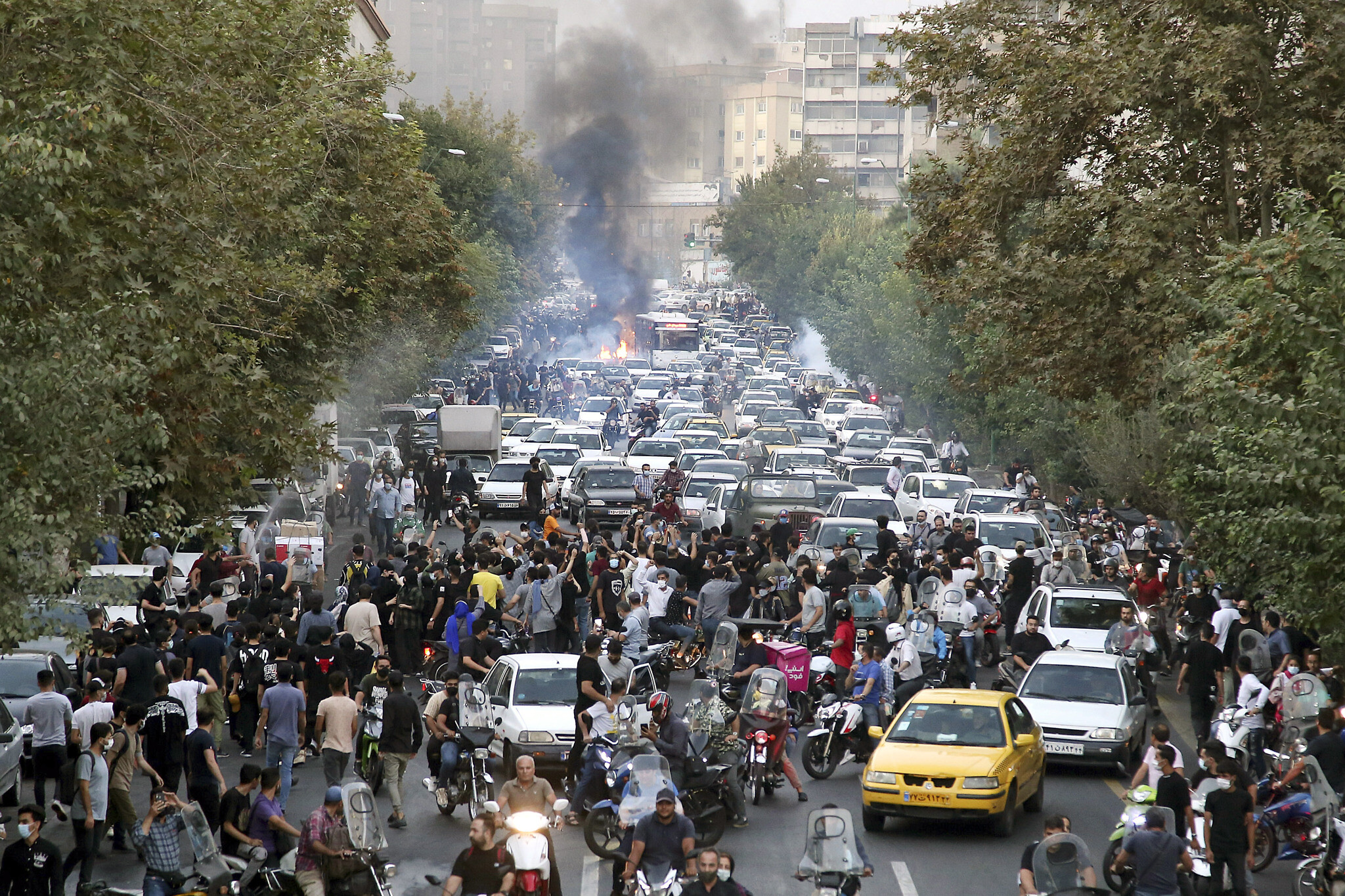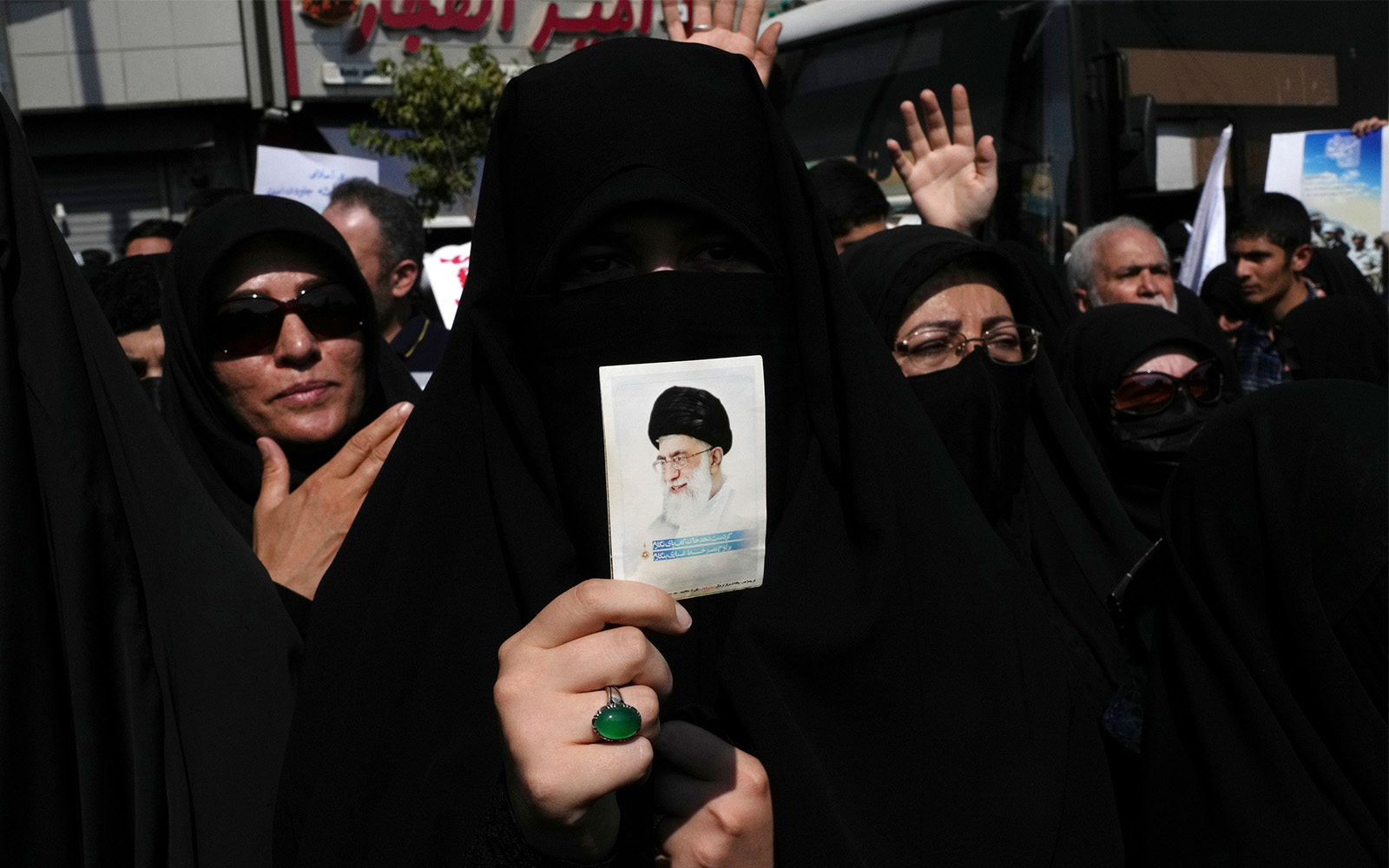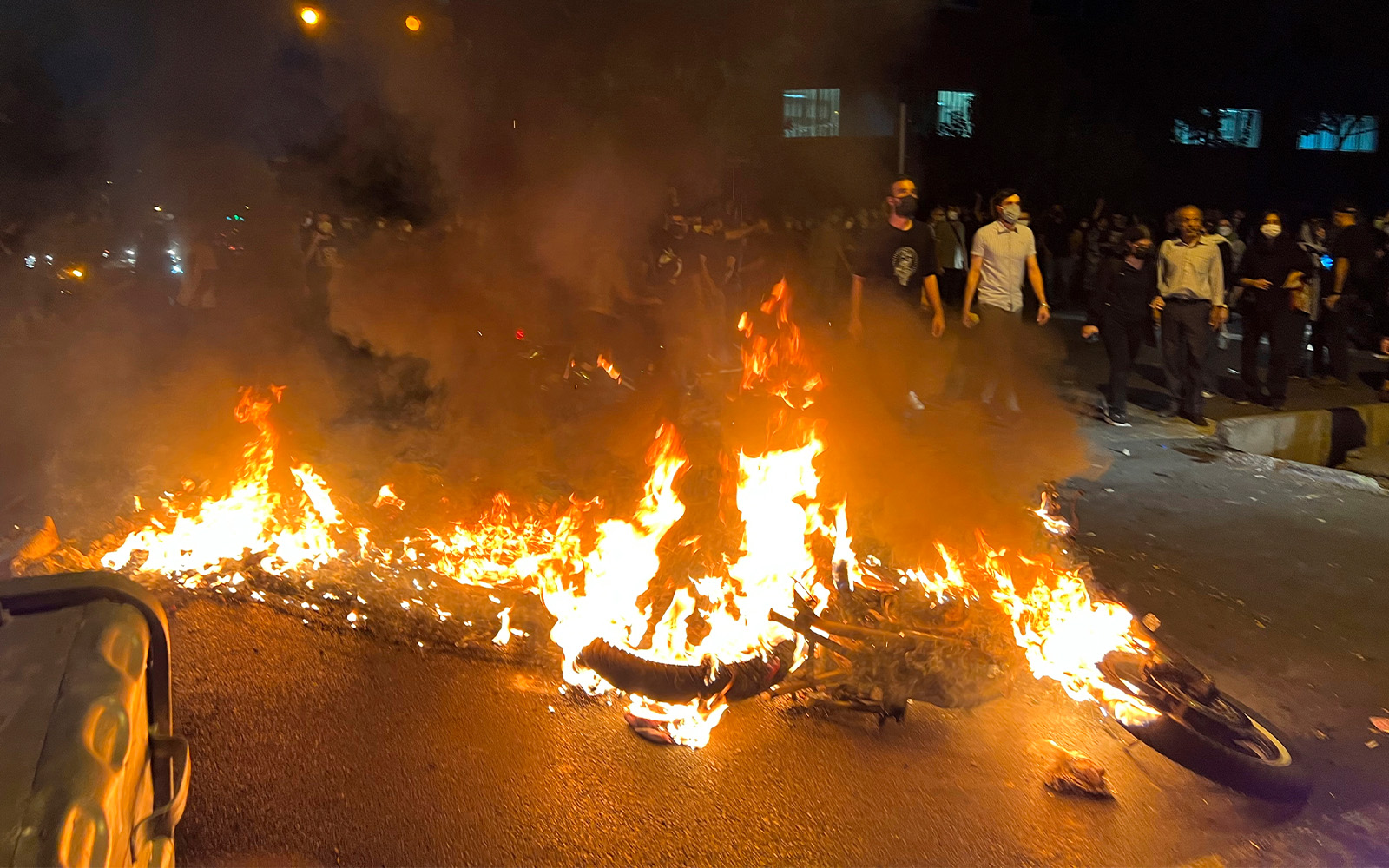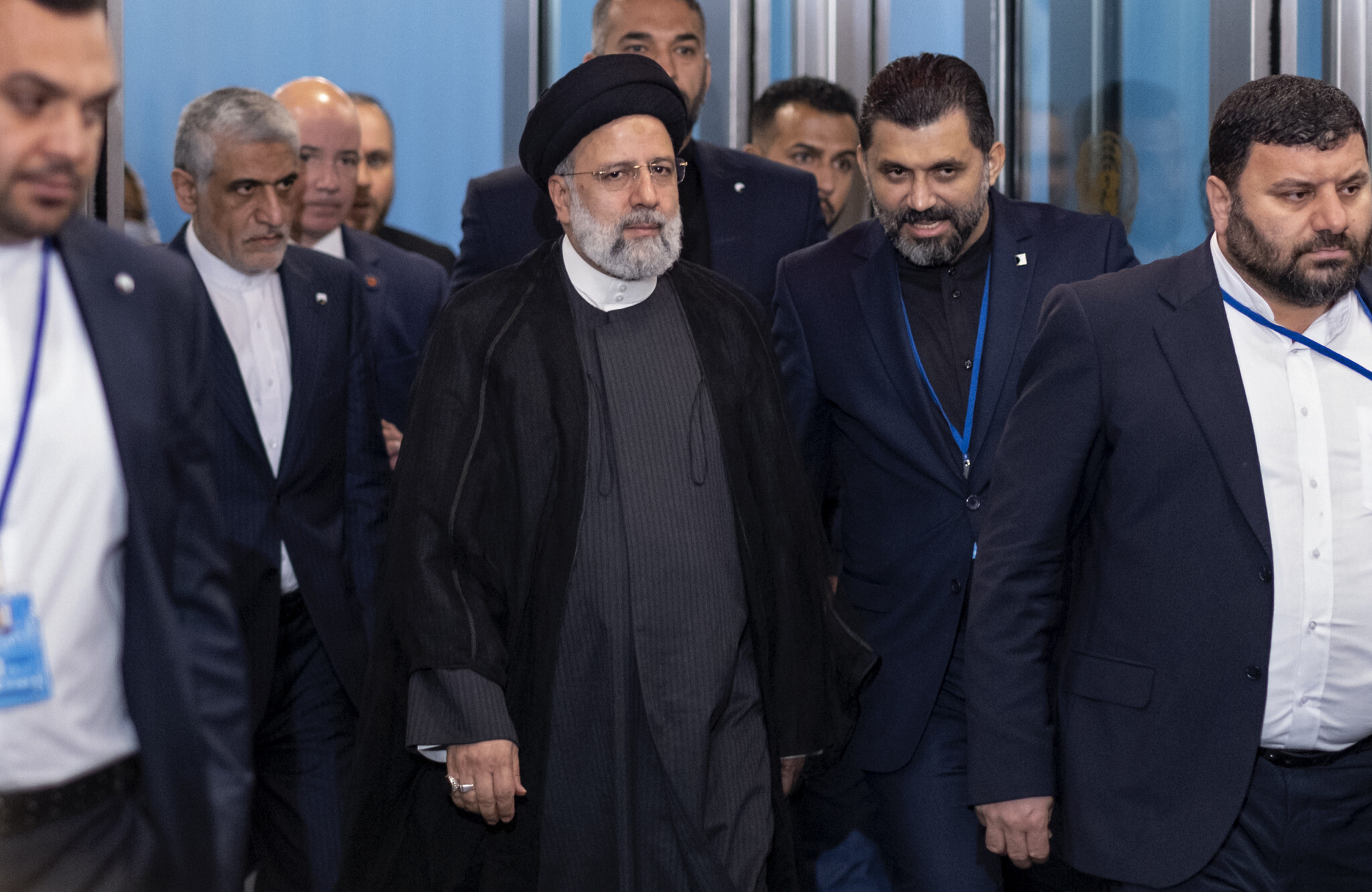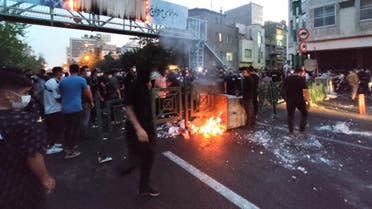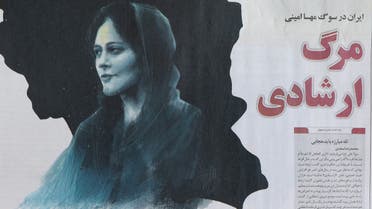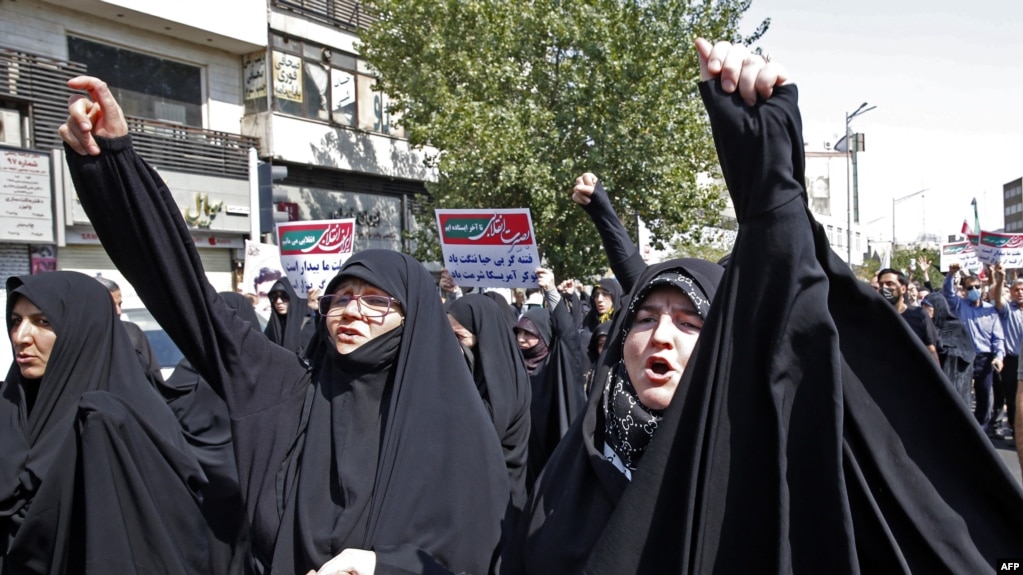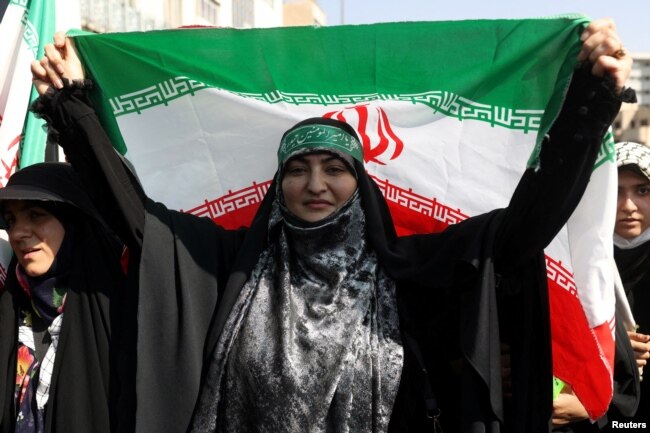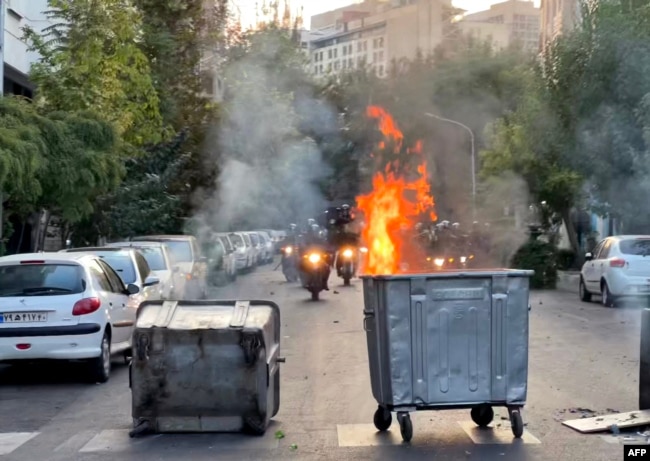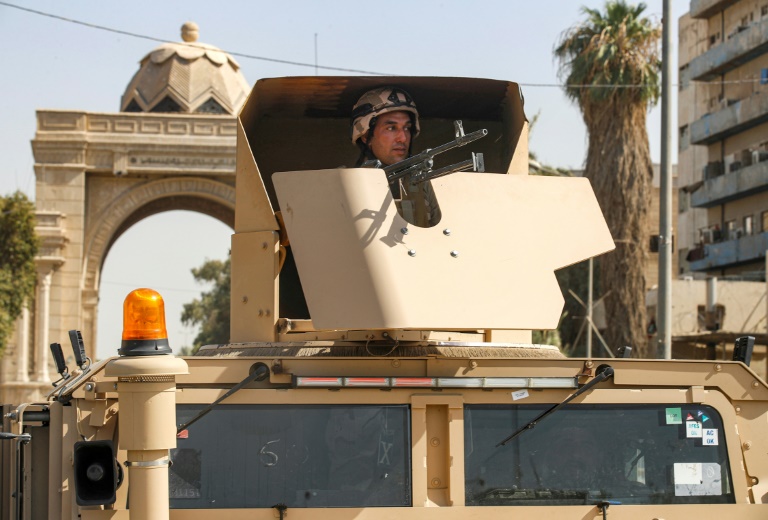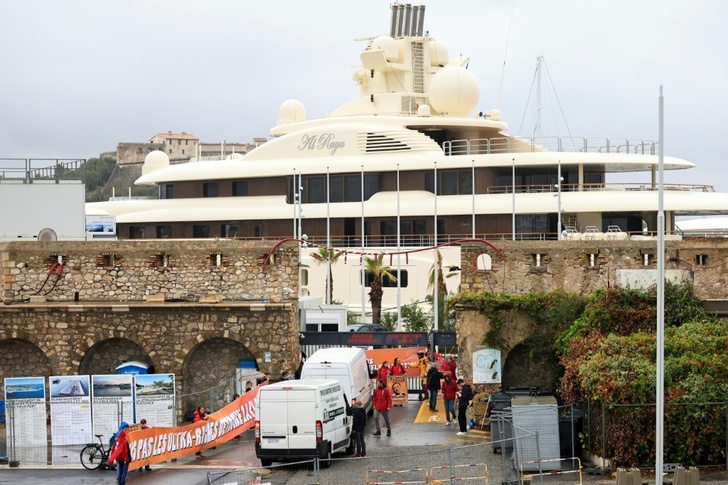WADA rejects calls to remove marijuana from banned list
Fri, September 23, 2022

Marijuana will remain on the World Anti-Doping Agency's list of banned substances after the body rejected calls to change its status on Friday.
WADA was urged to remove cannabis from its prohibited list last year in the wake of the positive test that resulted in US sprinter Sha'Carri Richardson missing the Olympics.
World Athletics chief Sebastian Coe was among those who had called for marijuana's status as a banned substance to be reviewed.
"Itthink it's not an unreasonable moment to have a review," Coe told journalists in Tokyo ahead of the Olympics. "It's sensible -- nothing is set in stone. You adapt and occasionally reassess."
However WADA said in a statement on Friday following a meeting of the body's executive committee in Sydney that it had decided to keep THC -- the main psychoactive component of cannabis -- on its banned list.
WADA said for a substance to be included on the agency's prohibited list, it must meet at least two of three criteria.
These include having the potential to enhance performance, representing a health risk to the athlete, and violating the spirit of sport.
WADA said it had consulted athletes who used cannabis as part of a wide-ranging review by a team of experts which included analysis of scientific studies on the subject.
WADA said its Ethics Expert Advisory Group continued to consider cannabis use to be "against the spirit of sport."
The agency noted that THC was only banned in competition and that the threshold for a positive test had been increased to 150 ng/ml in 2013.
WADA director general Olivier Niggli said in a statement that the question of how to deal with THC was "not straightforward".
"WADA is aware of the diversity of opinions and perceptions related to this substance around the world, and even within certain countries," Niggli said.
"WADA is also mindful that the few requests for THC's removal from the Prohibited List are not supported by the experts' thorough review.
"We are also conscious that the laws of many countries – as well as broad international regulatory laws and policies – support maintaining cannabis on the List at this time."
Meanwhile in a separate decision on Friday, WADA confirmed that the powerful pain-killing opioid Tramadol would be added to the prohibited list as of January 1 2024.
The agency said it was delaying implementation of the ban by just over one year to allow for education and communication amongst athletes and medical personnel about the decision.
Tramadol has been banned in cycling since 2019. Colombian rider Nairo Quintana was stripped of his sixth place finish in this year's Tour de France after twice testing positive for the substance.
bur/rcw/nr
